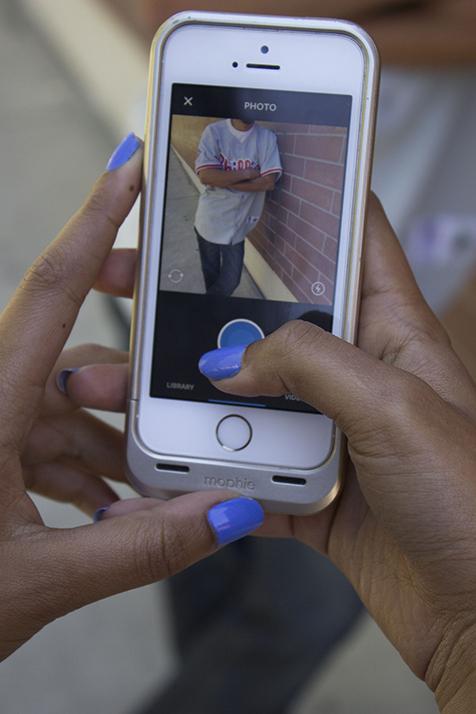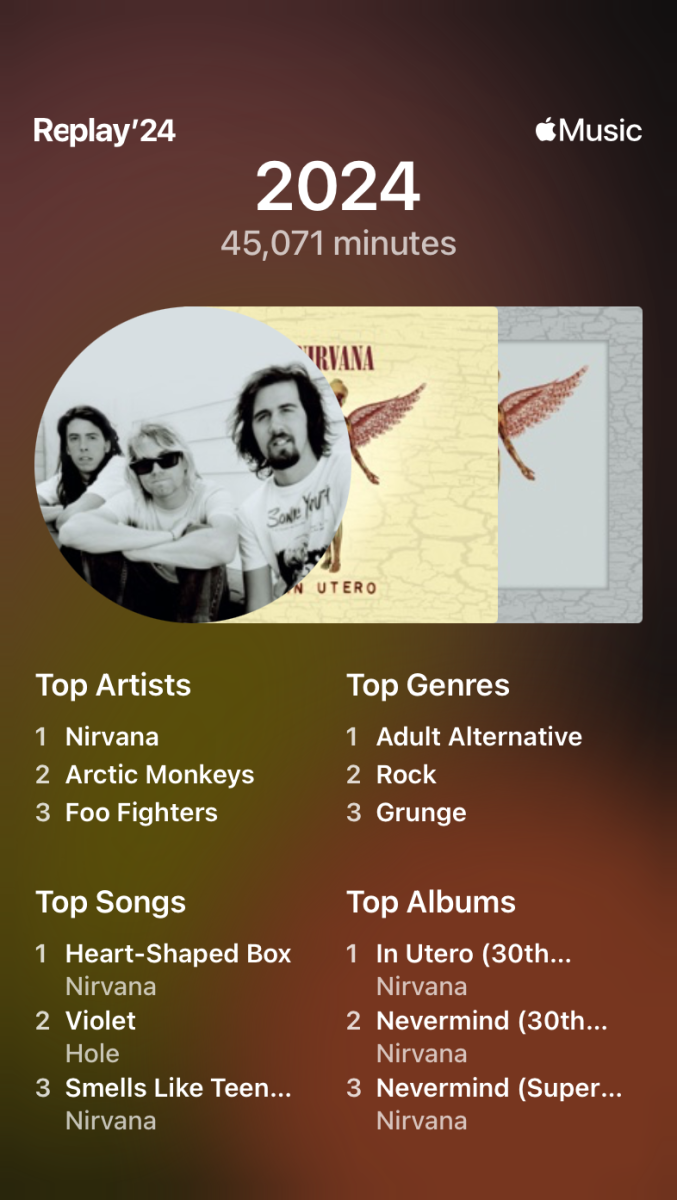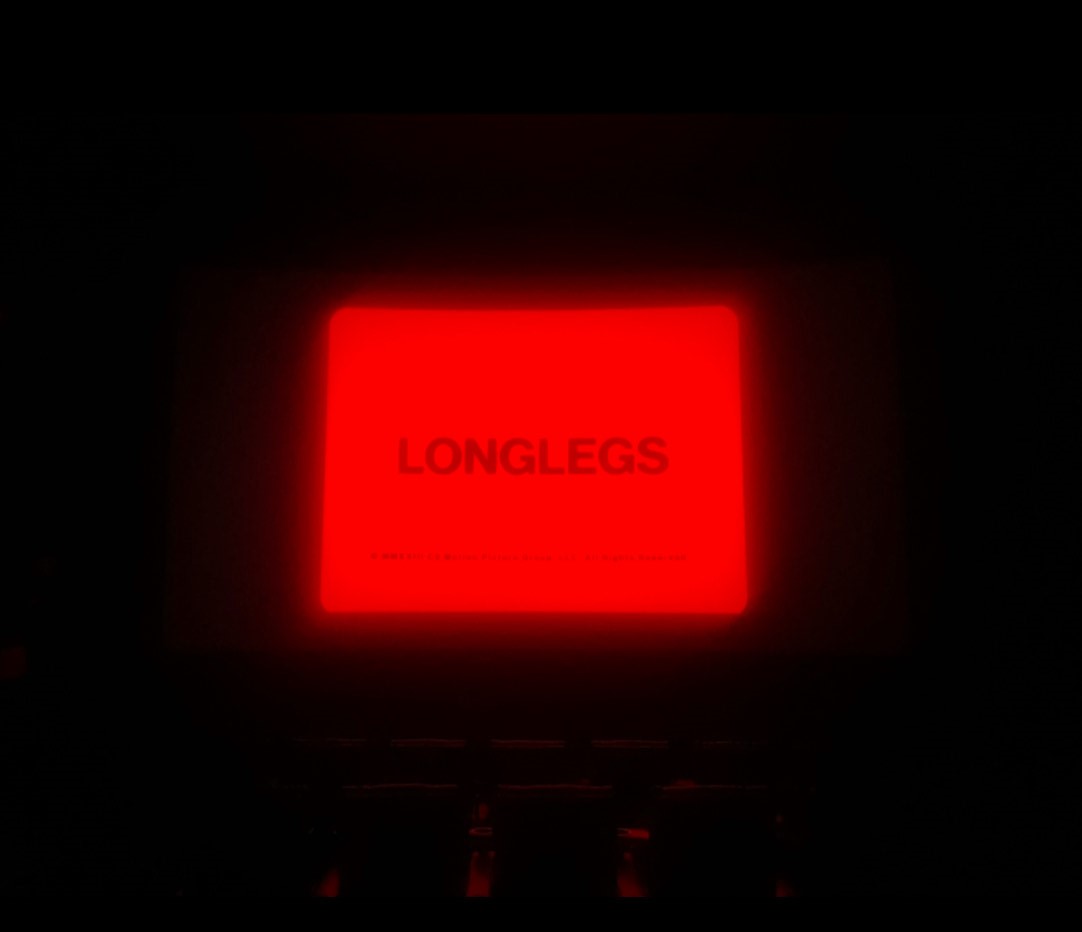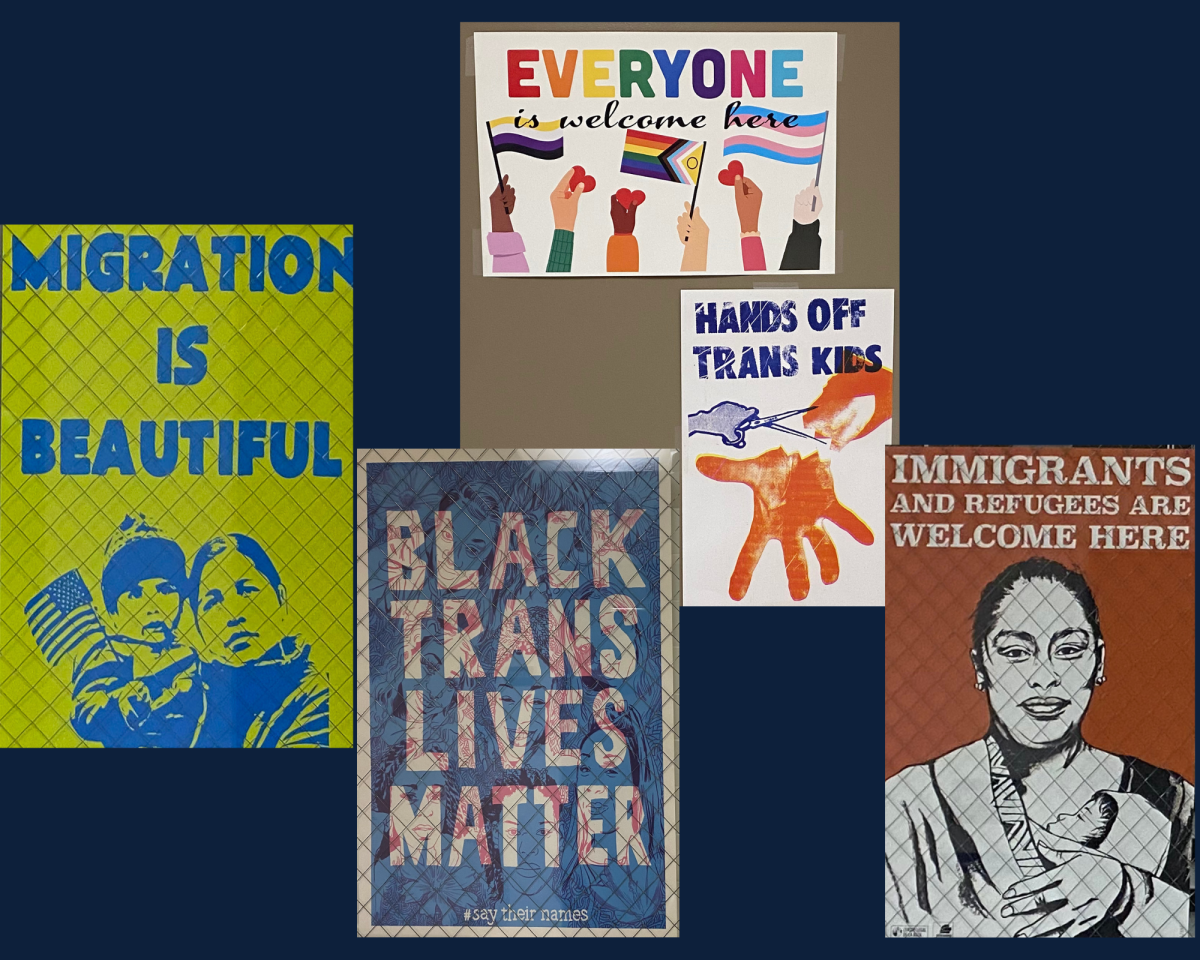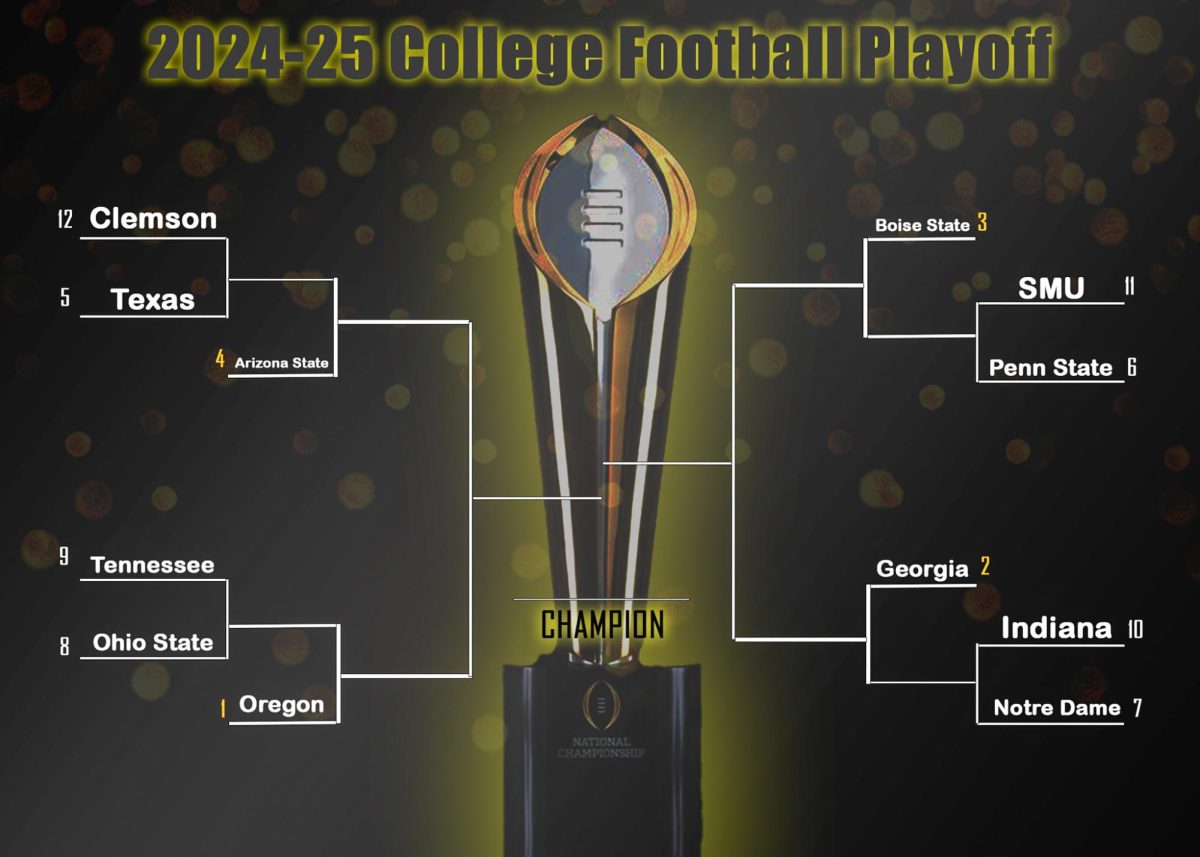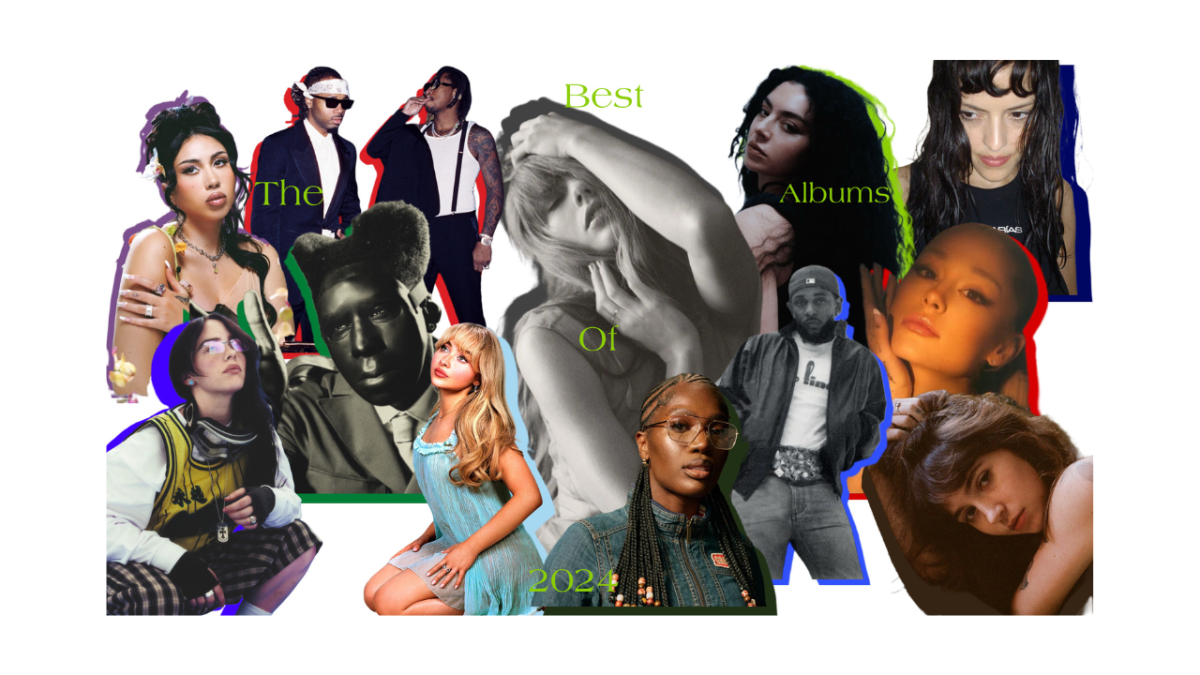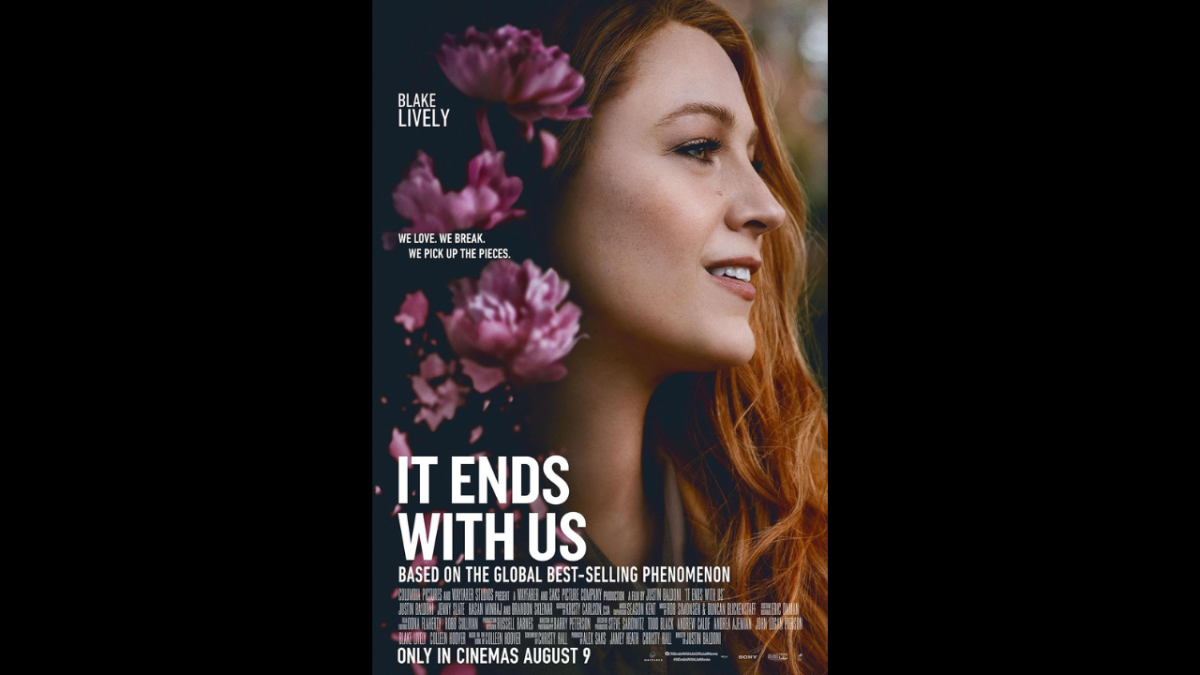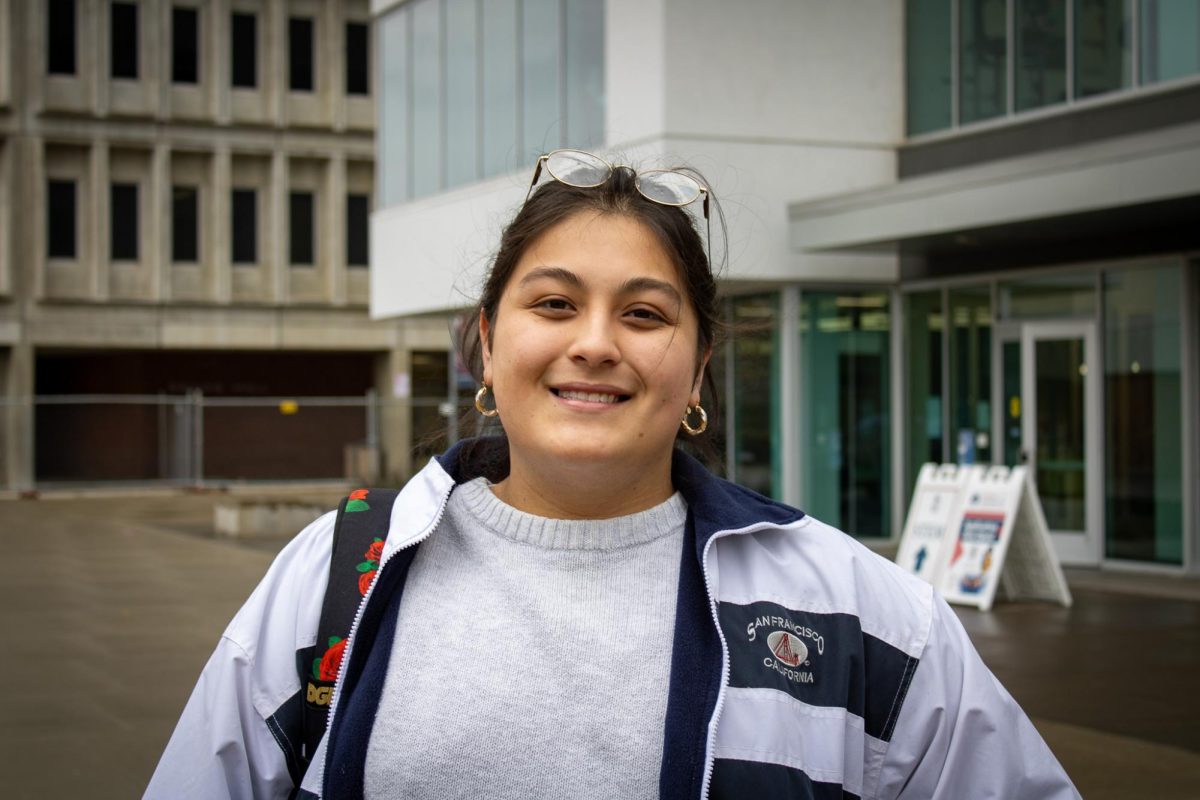The age of social media is often linked to ushering in an age of exhibitionism, but that doesn’t necessarily need to be a negative thing.
The true appeals of social media vary, but for a lot of young people, the biggest is the opportunity to see other lives.
You don’t need to travel the world to see the Eiffel Tower on a Sunday morning, or become a prima ballerina to see behind the curtain of the American Ballet. The people who are already there doing those things are capturing and sharing them in real time.
While it’s true that the constraints on what society thinks should stay private versus public are getting looser, there is a distinct benefit to online sharing.
Many social media, specifically Instagram, give people a front row, albeit filtered, view of experiences that before would have only made it to photo albums on coffee tables.
For every bland group selfie and blurry party shot, there’s a fly on the wall perspective of the lives of celebrities, politicians and everyday people who just happen to be doing interesting things.
Instagram has given rise to a new form of “internet famous” – those whose large followings aren’t based on their makeup talents or ability to fit physical comedy into 6 seconds, but in the desire of others to see their lives.
The things that interest people are as varied as the accounts on their favorite social platform.
Hundreds of thousands of followers watch accounts of amateur yoga instructors, professional puppy wranglers and students at universities in remote corners of the world.
There’s also something to be said for the legitimacy being ascribed to many people, some who, without social media, would have no other way to share their work.
A wi-fi signal and a smartphone are suddenly so much more than they seem when you realize the power they can give you.
All around the world, there are things happening that can’t even be imagined until they’re seen.
From teenagers in middle America working on award winning science projects to man buns in Disneyland to the Icelandic Police, social media aren’t just giving us faces – they’re giving us stories.


